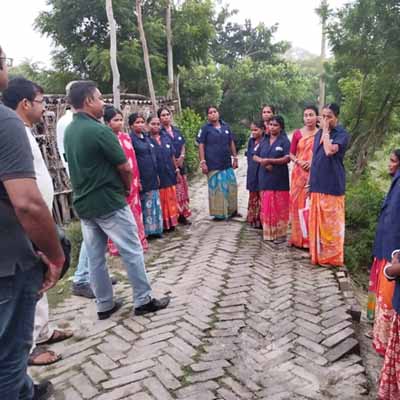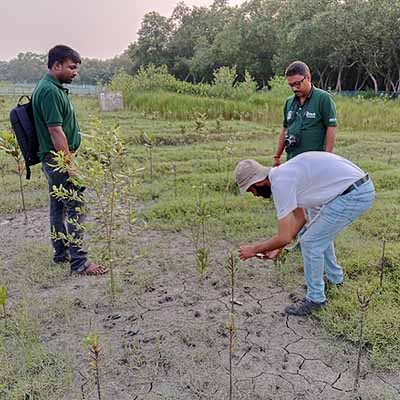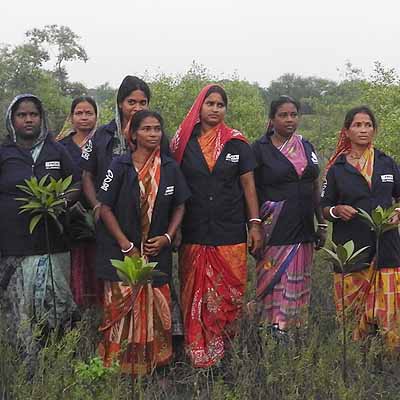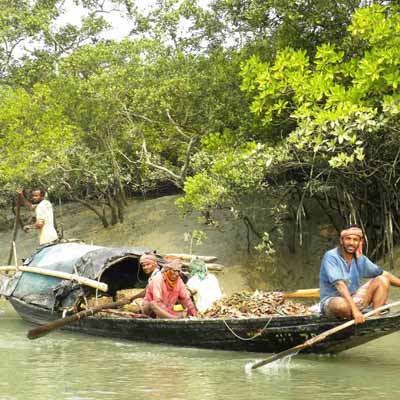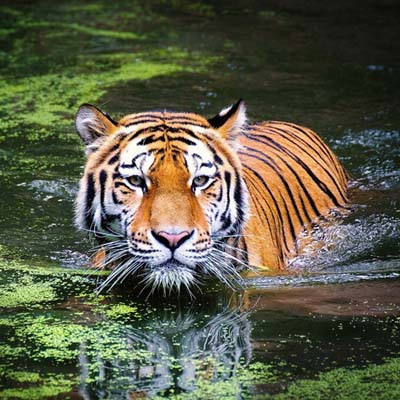The mangroves live life on the meeting edge of land and saline water bodies. They can easily call as the botanical amphibians. Mangroves are maintaining an amphibious ecosystem between the saline water bodies and the land. Mangroves are depending on the coastal land and tidal flows for their nourishment. Mangroves are adapted to a wide range of salinity and flooding conditions.
As the other side of that, it has to suffer from both the ends. On the side of the water bodies, it has to face erosion, natural calamities like sudden storms and cyclones, increased sea level, etc. and on the inner side facing the land; it has to face deforestation, fires, agricultural management through the coastal basins. Due to coastal urbanization, aquaculture, agricultural activities, logging and other derogatory practices, mangroves forests are reduced atleast 25% from their global cover.
In this context, a balance needs to be maintained to cope with the increased present day needs and also conserving the environmental support provide by the mangrove plants. Under project 'Restoration and Rehabilitation of Mangrove and Social Forestry Ecosystem in the Coastal Sundarbans' supported by HCLFoundation, DRCSC takes the initiative to plant mangroves and multipurpose trees in Sundarbans region.
The chosen 2 blocks, Hingalganj and Patharpratima are vulnerable to climate change and increased frequency of cyclones and storms are eroding embankments. The reduction of mangrove density is mainly because of extension of human settlement, overharvest of firewood, catching of shrimp spawns, etc.

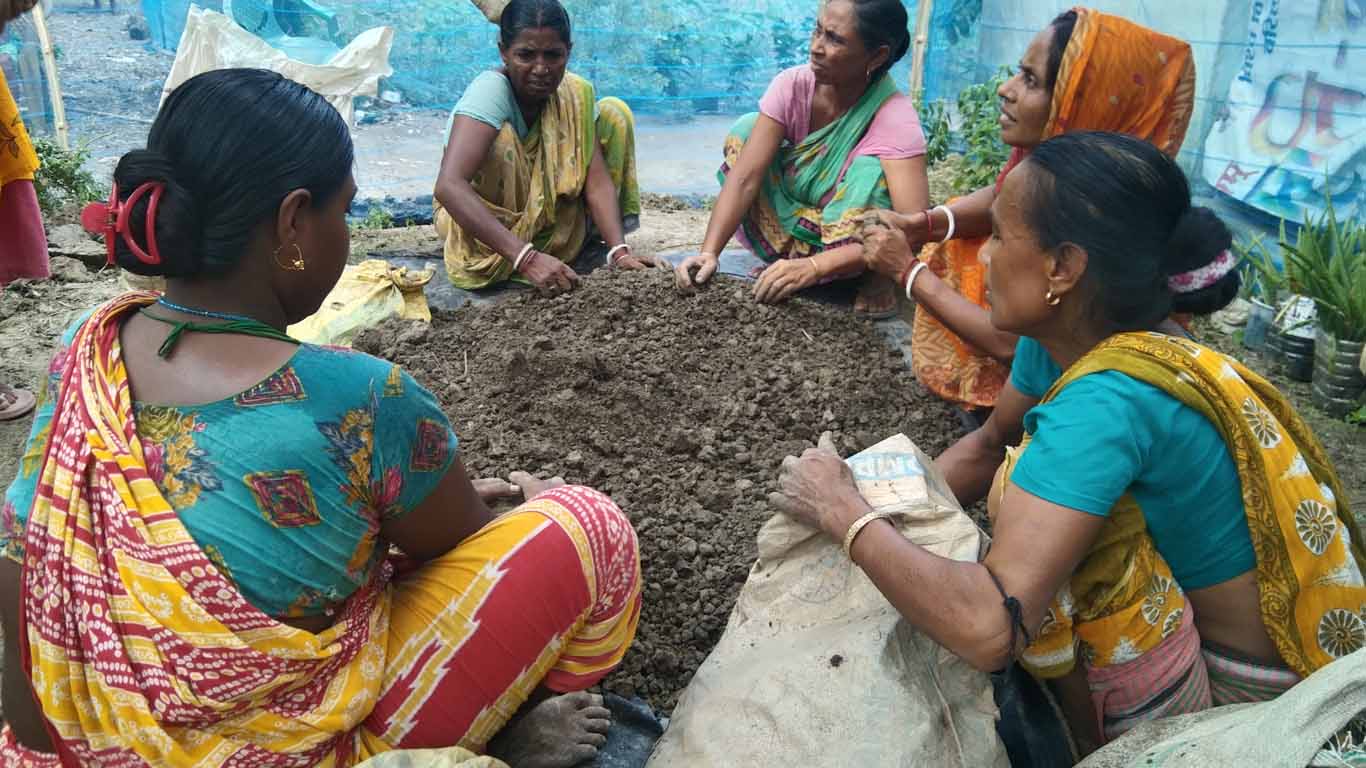
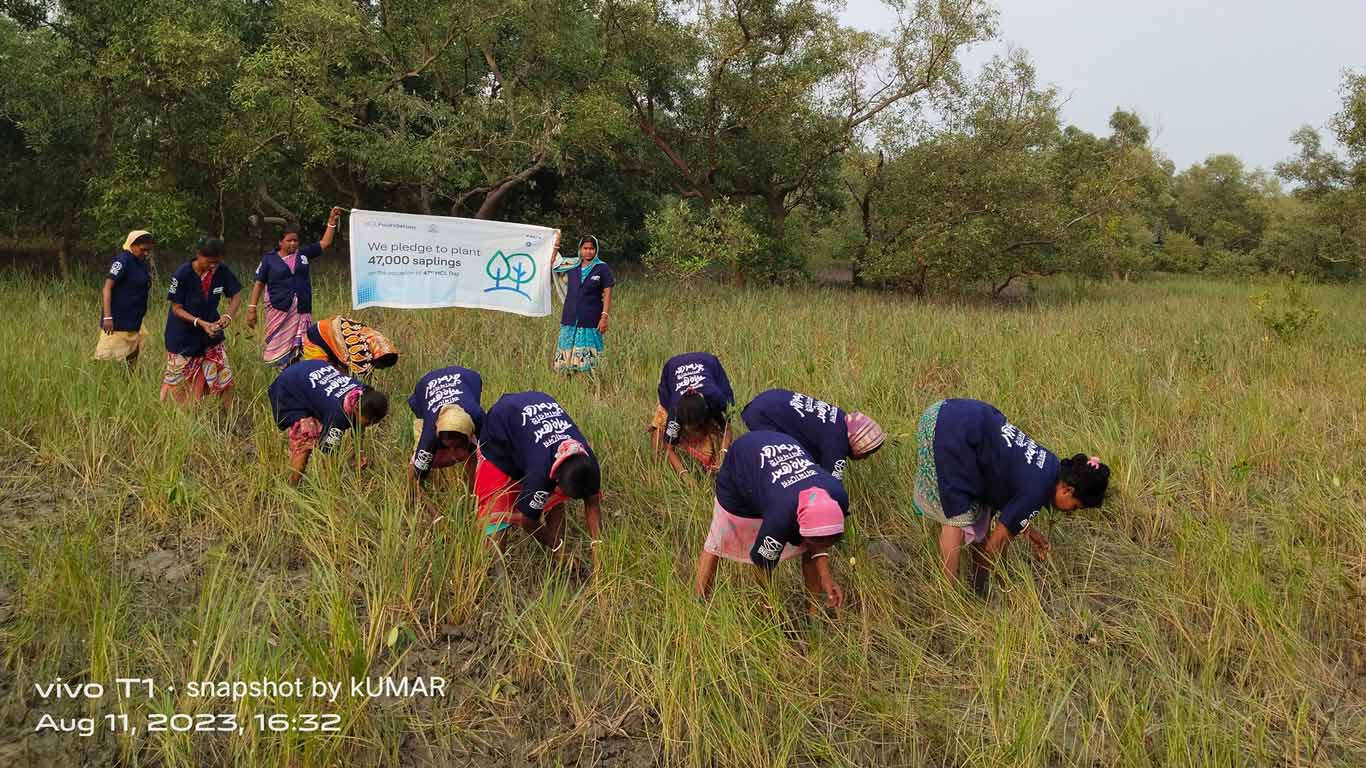
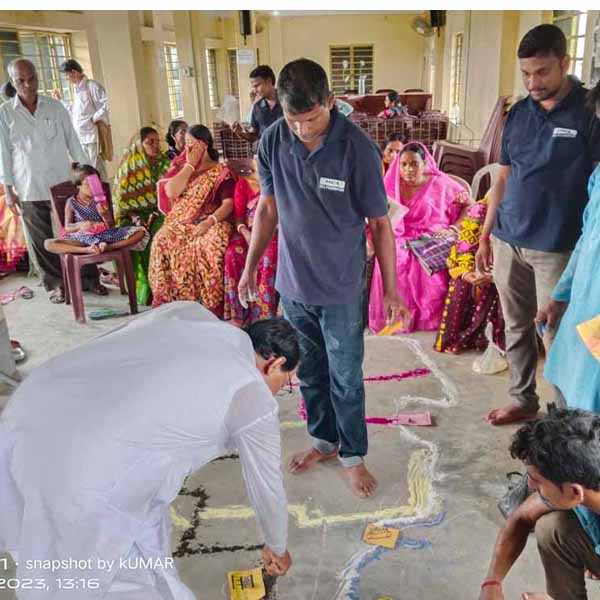
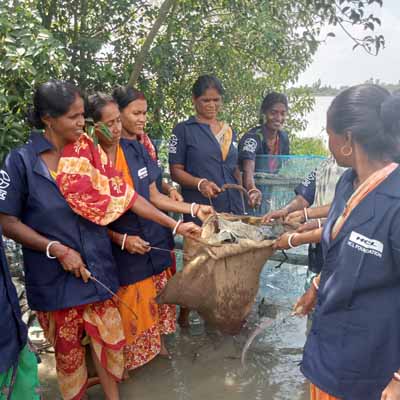
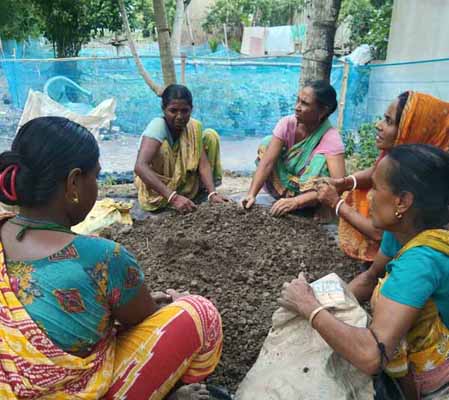
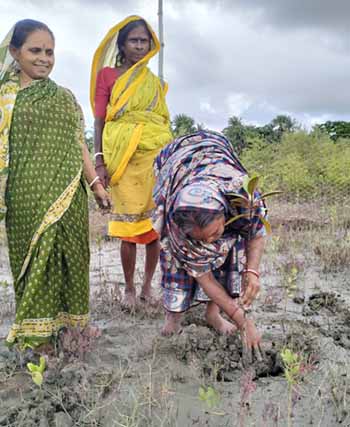
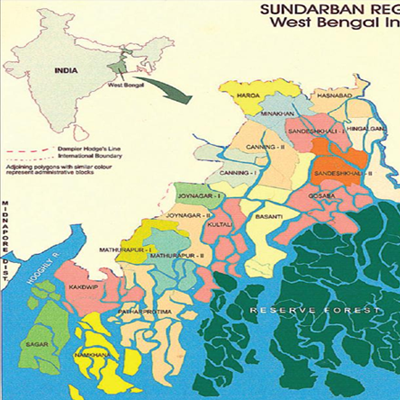

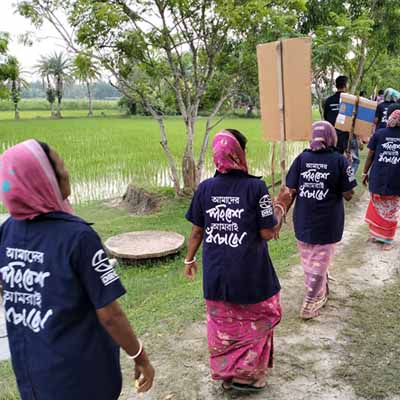


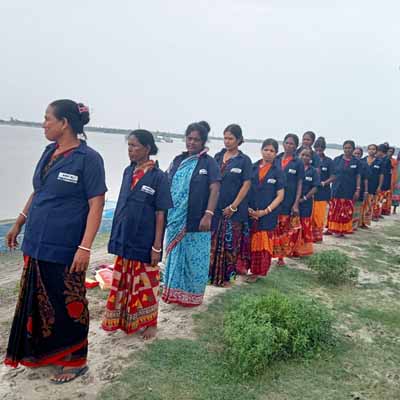
 Restoration of ecosystem through conservation of mangroves and social forestry.
Restoration of ecosystem through conservation of mangroves and social forestry.
